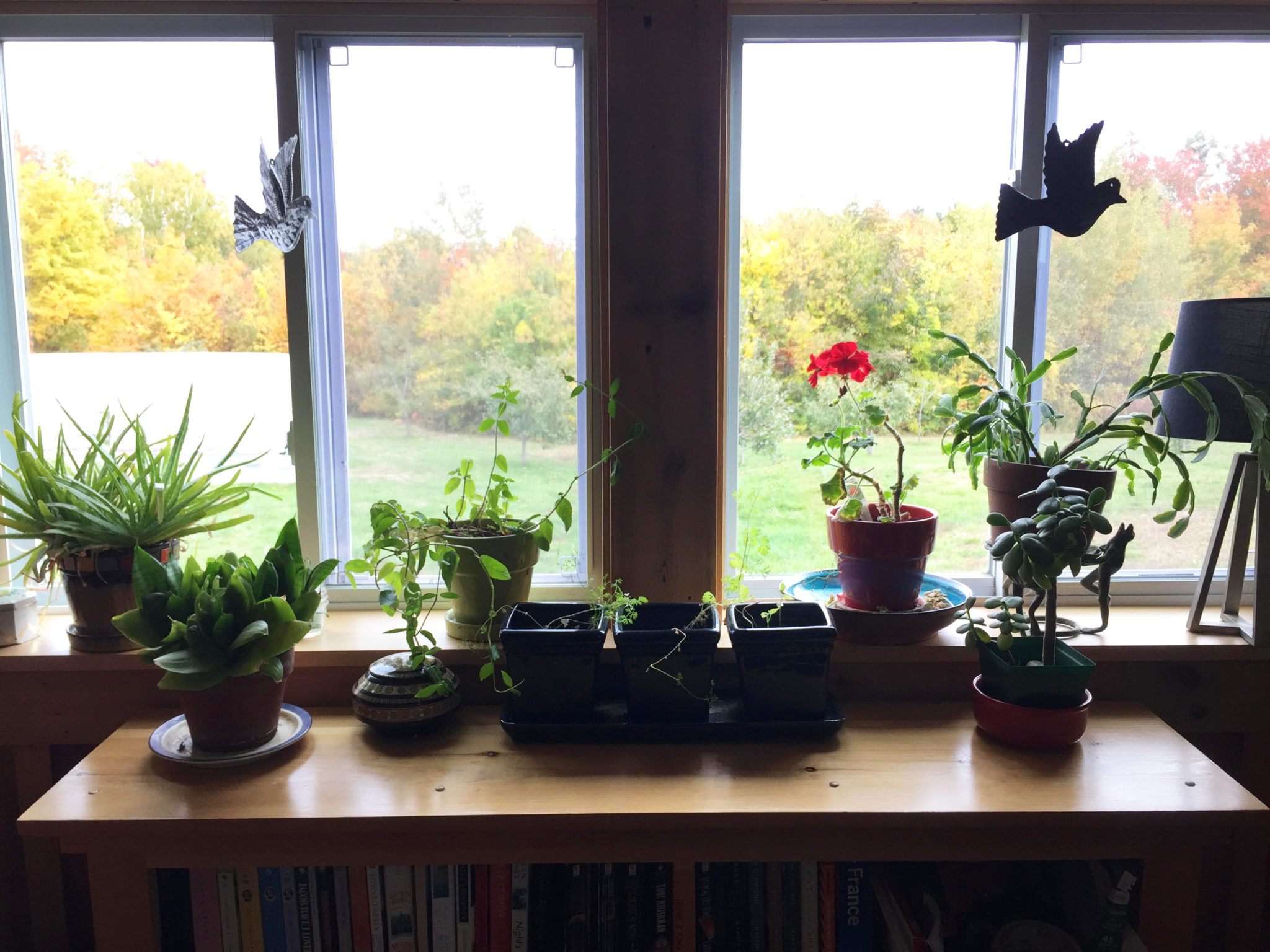How to choose the right houseplants for your home – and not kill them
Potted ferns and unruly vines, cacti and succulents. How do you choose the right houseplants for your home?

Houseplants add life to a household — quite literally.
They release oxygen into the air and add vibrant colors and fresh smells to the home. But successfully caring for houseplants takes a bit of knowledge and effort.
“I always tell people to start small, gain some confidence, and then branch out,” Holly Clukey, retail manager for Sprague’s Nursery and Garden Center in Bangor, Maine, said.
For beginners, Clukey suggests starting with one variety of houseplant. But first, it’s important to do a little home inspection and examine just how much sunlight pours through your windows each day. This will help you determine what kind of plant to start with.
If you have windows facing the south and southwest, those will receive the most direct sunlight and are therefore good for plants that need a lot of sunlight, such as cactuses and succulents, Clukey said. On the other hand, if you want to place plants in rooms with windows facing the north or northeast, you may want to go with low-light to medium-light plants, such as peace lilies, snake plants and certain types of ferns.
“There are lots of types of ferns that people usually find easy,” Clukey said. “Those are lower light. … Boston ferns, everyone usually loves. Those are big and full, and we sell right out of those, so I know that’s a good one.”
Foxtail fern is another favorite that is easy to care for.
“We have some philodendrons and some English ivies, and those are good beginner plants,” Jason White, who works in landscape design and consultation at Plants Unlimited in Rockport, Maine, said.
He also recommended Christmas cacti, which are currently in bloom, as well as colorful poinsettias and spider plants, which are especially hardy.
“Spider plants are good beginner plants,” he said. “It’s pretty hard to kill them. As long as you don’t ignore it and let it completely dry out, it’ll be fine.”
Having counted as many as 38 houseplants in his home at one time, White has plenty of personal experience caring for a wide variety of flora indoors, and he says there are two common mistakes people make when it comes to house plants. No. 1: Not watering them enough. No. 2: Watering them too much.
“Those are probably the two most common, and people are going to generally see kind of the same response [for both],” he said. “Any plant will drop its outer leaves, or you’re going to see yellowing.”
To avoid this mistake, it’s important a person researches the type of houseplant and learns about how much water it needs. Since houseplants originate from all around the globe and from many different climates, it’s no surprise that some species need a lot of water while others need almost none. But even after you’ve conducted your research and set up a watering schedule — say watering every 3 or 4 days — it’s important to test the soil for moisture content before watering.
“Here at the shop, you can buy special meters that measure the moisture content of the soil,” White said. “For a beginner, that’d be something they may want.”
But White, like most houseplant owners, simply presses his fingers down onto the soil around the plant to feel whether the soil is saturated, damp or dry.
“If the soil feels like it’s starting to dry out a little bit, I hit them with water,” he said.
On the other hand, if the soil is already full of water, he leaves the plant alone. If overwatered, a plant will rot and even attract pests, such as fungus mites.
Pests are another common reason for the demise of houseplants. Spider mites, mealybugs, aphids
Finally, when you want to choose the right houseplants for your home, it’s important to consider what will come into contact with that plant. For instance, many houseplants are poisonous to cats and dogs. Lists of these toxic species, as well as pet-safe alternatives, are available online in many places, including the American Society for the Prevention of Cruelty to Animals website, aspca.org. Another option is to ask for a list
There are also plenty of ideas out there about keeping pets from eating houseplants. These methods include spraying the foliage with a cayenne pepper cocktail, surrounding the plant with fabric or cotton balls soaked in vinegar, selecting plants that can be hung from the ceiling, such as ivy, and simply selecting plant varieties that deter pets — like a nice big cactus.
And one last bit of advice: This time of year, if planning to shop at a local florist or greenhouse, call ahead of time to make sure they’ll be open. Many local greenhouses, including Sprague’s Nursery in Bangor and Plants Unlimited in Rockland, close for the winter after Christmas.
